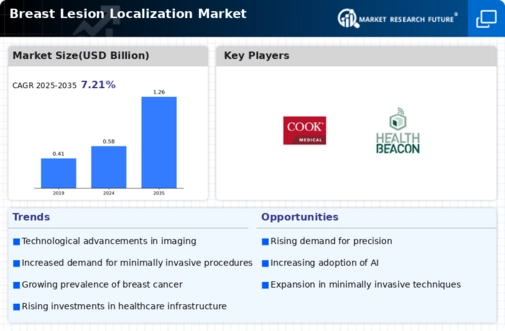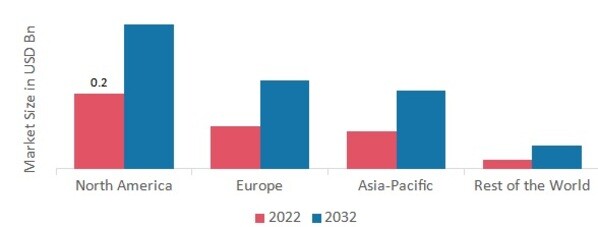Market Analysis
In-depth Analysis of Breast Lesion Localization Market Industry Landscape
The trends in Breast Lesion Localization are closely tied up with developments in diagnosing cancerous growths in the mammary glands as well as treating them accordingly. One of the leading factors driving this market is the increasing focus on early detection of breast lesions, especially when dealing with issues such as screening programs meant for cancer-related scenarios. Adequate guidance from different types of clinically suspicious masses detected under radiology goes a long way to aid surgeons during operations, helping them make accurate procedures that target only affected parts. Breast Lesion Localization market dynamics are shaped mainly by technological advances in medical imaging and interventional radiology. For instance, preoperative lesion identification can be performed using different localization techniques such as wire localization, radioactive seed localization, and magnetic resonance imaging (MRI)-guided localization. Regulatory factors shape the dynamics of the breast-lesion location market. Rigorous regulations control the approval and commercialization of breast lesion localization devices to ensure their safety, efficacy, and compliance with quality standards. Adherence to regulatory standards is critical for medical device manufacturers and healthcare providers as it affects product approvals, market entry strategies, and overall market dynamics. Economic factors have a huge influence on whether or not to resort to breast lesion location procedures. Surgical interventions, including diagnostic measures for breast cancer, bring an economic burden that affects the decisions of both patients and healthcare providers. This dynamic also depends on the availability of affordability reimbursement policies, etc., and economic feasibility for integration of advanced technology into mammary healthcare provision, for example, when evaluating overall market dynamics; these concerns should be addressed since they affect every sector within the field will significantly impact buying patterns in future if not now? It is, therefore, important to tackle these issues of economic concerns before we can effectively change the market landscape, leading to the widespread usage of various lesion-localization tools utilized during surgery against cancerous breasts. A distinctive element of Breast Lesion Localization market dynamics is the competitive landscape among healthcare institutions and medical device manufacturers. In search of differentiation, firms have embarked on new localization technologies that are innovative in nature, strategic partnerships or alliances, and expansion of the market. The global shift in demographics, such as aging societies and increased breast health awareness, also affects the Breast Lesion Localization market. As the population gets older, rates of breast cancer increase, leading to a greater need for accurate and efficient lesion localization that will enable focused surgical interventional therapies. Additionally, the growing emphasis on breast cancer screening and early detection further strengthens the position of breast lesion localization in breast healthcare.






Leave a Comment